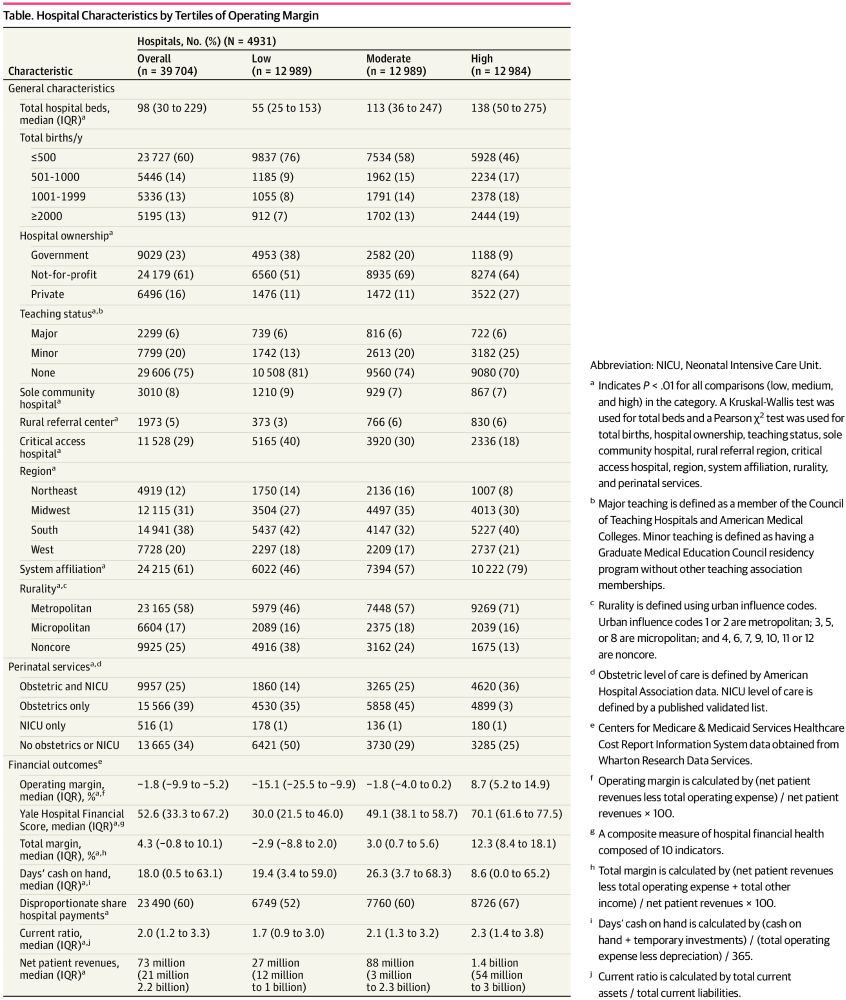
Emily Miller MD MS FAAP
@emilymillermd.bsky.social
390 followers
100 following
80 posts
Neonatologist / Dir of Perinatal Health Equity, Advocacy, Policy @CincyChildrens | #HPSP | Alum @UofLpeds @uoflmedschool | Mom x 4 (she/her) | #tweetiatrician | Opinions mine
Posts
Media
Videos
Starter Packs
Reposted by Emily Miller MD MS FAAP
Reposted by Emily Miller MD MS FAAP
Analysis: Universal school meals in Ohio would pay for themselves — and then some
by Marty Schladen
ohiocapitaljournal.com/2025/10/14/a...
by Marty Schladen
ohiocapitaljournal.com/2025/10/14/a...

Analysis: Universal school meals in Ohio would pay for themselves — and then some • Ohio Capital Journal
Most Ohio school kids already get free meals. Making them free for all students would produce big social benefits, new study says.
ohiocapitaljournal.com
Reposted by Emily Miller MD MS FAAP
Reposted by Emily Miller MD MS FAAP















